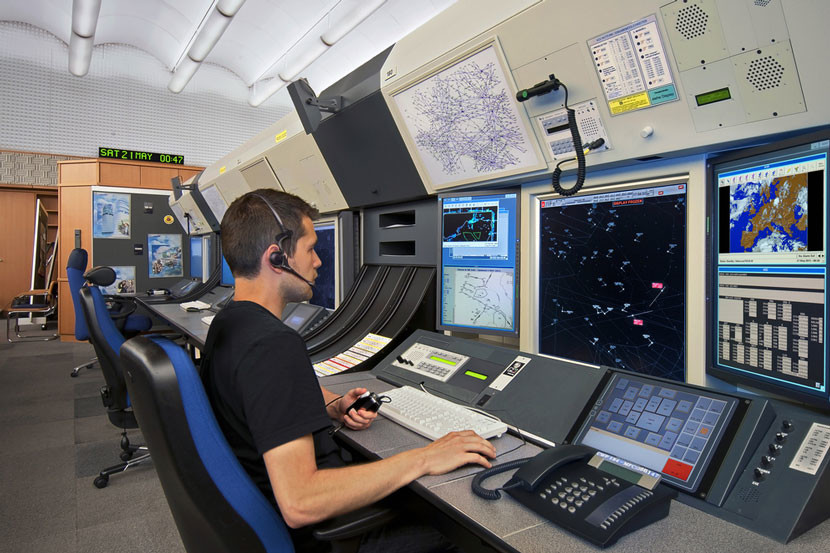
You might also like:
You don’t need a comprehensive understanding of aviation mechanics to know that wind and airplanes aren’t always best friends. “High winds” are one of the most frequently cited reasons for flight delays and cancellations, and headwinds in particular can cause major headaches when it comes time to landing an aircraft. But thanks to a new technology, that problem may soon become a thing of the past.
Typically, planes are cleared for landing based on distance, maintaining a separation of five nautical miles between each arriving aircraft, which ensures that the earlier plane’s “wake vortex” won’t disrupt the next plane’s landing. Throw some strong headwinds into that equation and you’re bound to see a traffic jam occur, as landing against headwinds decreases an aircraft’s ground speed, which in turn increases the time it takes for that five-mile separation to occur (and is probably the reason you’ve ended up circling an airport for an hour on occasion). But what NATS and its partners have discovered is that headwinds can actually speed up the landing process, as that dreaded vortex dissipates faster when winds are strong, rendering that five-mile distance unnecessary.
Using this information, NATS has created a time-based separation (TBS) system that automatically adjusts the landing schedule based on wind conditions.
The system, which air traffic controllers quietly began testing at Heathrow in March 2015, has already shown tremendous results. “In November alone we estimate that TBS saved 25,000 minutes of delay, despite winds of up to 60 knots on final approach,” a NATS spokesperson told the Daily Mail Online. “On November 10, despite a 40-knot headwind, we had no flow regulations in place at all, something that would have been unthinkable before.”
On average, Heathrow has been able to land 2.9 more aircraft per hour in high wind conditions using time-based separation, reducing wind-related delays from 3,000 hours to just 1,200 — an improvement of 60 percent.
The European Union has already approved the system for use, and they’re not wasting any time in getting it implemented. While Heathrow continues with its trials, Gatwick (LGW) and Manchester (MAN) Airports will also adopt a TBS system, which the Daily Mail Online reports “could mean reduced delays for the 60 million passengers that pass through the three airports each year.”
The system is expected to be rolled out to 16 airports across Europe and Istanbul, including Dublin (DUB), Frankfurt (FRA), Paris-Orly (ORY), Madrid (MAD), Amsterdam-Schiphol (AMS), and Rome-Fiumicino (FCO) by 2024.
Source: thepointsguy.com
